Home>Articles>Essential Tips For Planning A Home Spa Or Hot Tub
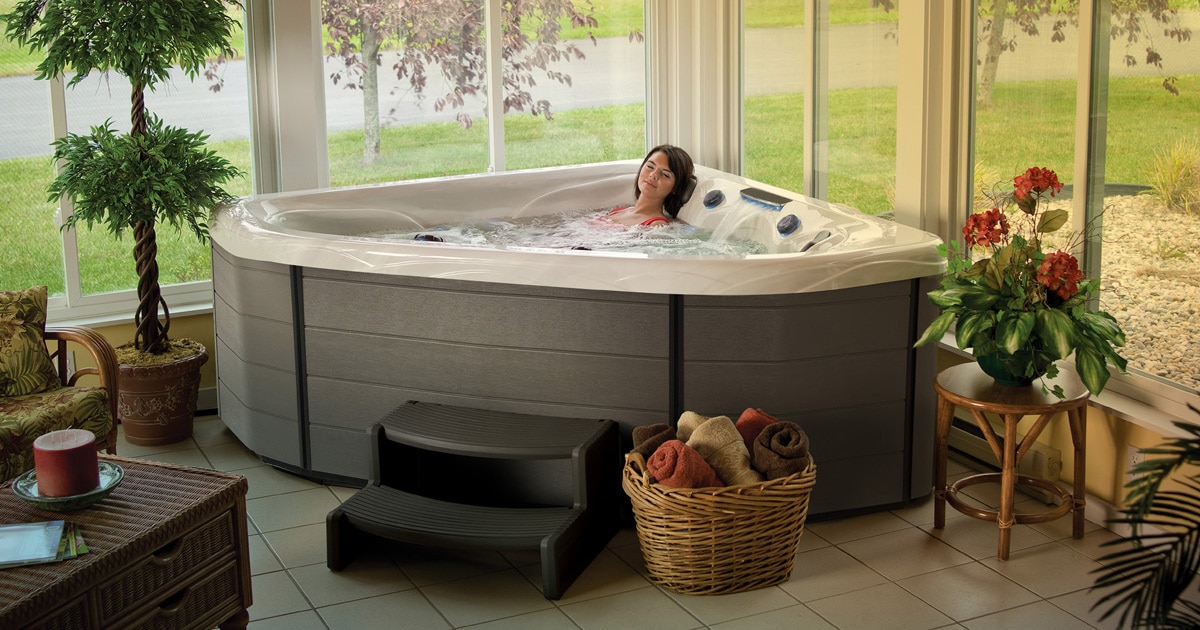

Articles
Essential Tips For Planning A Home Spa Or Hot Tub
Modified: January 23, 2024
Discover essential tips for planning a luxurious home spa or hot tub experience with our informative articles. Transform your space into an oasis of relaxation and ultimate comfort.
(Many of the links in this article redirect to a specific reviewed product. Your purchase of these products through affiliate links helps to generate commission for Storables.com, at no extra cost. Learn more)
Introduction
Creating a personal oasis in the comfort of your own home is a dream for many. And what better way to relax and rejuvenate than by having your own spa or hot tub? Whether you want to unwind after a long day, entertain guests, or simply enjoy the therapeutic benefits of hydrotherapy, planning a home spa or hot tub requires careful consideration and attention to detail.
In this article, we will share essential tips and insights to help you plan and create your own home spa or hot tub. From choosing the right location and style to budgeting and installation, we will guide you through the process step by step. So let’s dive in and explore the key factors to consider when planning your personal oasis.
Key Takeaways:
- Planning a home spa or hot tub involves careful consideration of location, size, budget, and permits. Prioritize regular maintenance and safety measures to create a relaxing and rejuvenating oasis in your own backyard.
- Enhance your home spa or hot tub experience by adding features like water elements, outdoor entertainment, and comfortable seating. Create a cozy and inviting atmosphere while prioritizing privacy, security, and safety for all users.
Read more: How To Turn Off Arctic Spa Hot Tub
Choosing the Right Location
When it comes to planning a home spa or hot tub, selecting the right location is crucial. Here are a few key factors to consider:
- Accessibility: Think about how easily accessible the spa or hot tub will be. You’ll want to choose a location that is convenient to access throughout the year.
- Privacy: Consider the level of privacy you desire for your spa or hot tub. Do you prefer a secluded spot in your backyard, or would you like it to be more visible and easily accessible to guests?
- Views and Surroundings: Take into account the views and surroundings of the location. Do you have a scenic landscape that you’d like to enjoy while soaking? Alternatively, you may want to create a more sheltered and intimate atmosphere.
- Sun Exposure: Think about the amount of sun exposure the location gets. Some people prefer to have their spa or hot tub in a sunny area, while others may prefer a partially shaded spot.
- Proximity to Utilities: Consider the proximity to water and electricity sources. You’ll want to ensure that the location is easily accessible to connect your spa or hot tub to the necessary utilities.
Additionally, it’s important to consult with professionals and consider any local regulations or building codes that may dictate where you can place your spa or hot tub.
By taking these factors into account, you can choose a location that suits your preferences and ensures an enjoyable and convenient experience.
Determining the Size and Style
The next step in planning your home spa or hot tub is determining the size and style that suits your needs and preferences. Here are some important considerations:
Size: Consider how many people will be using the spa or hot tub at any given time. Do you plan on using it for intimate relaxation or do you envision hosting gatherings and parties? Determine the number of seats needed and the overall dimensions of the spa or hot tub to accommodate your requirements.
Style: Think about the aesthetic appeal of your spa or hot tub. Do you prefer a traditional wooden hot tub that blends harmoniously with your outdoor surroundings? Or perhaps a sleek and modern spa with advanced features and lighting effects that add a touch of luxury? Choose a style that complements your personal taste and the overall aesthetic of your home.
Integration with the Surroundings: Consider how you can integrate your spa or hot tub with the existing layout and design of your outdoor space. Look for ways to create a cohesive and seamless transition so that your spa or hot tub becomes an integral part of your overall backyard or patio design.
Space Considerations: Measure the available space in your backyard or designated area for your spa or hot tub. Ensure that there is enough room not only for the tub itself but also for walkways, seating areas, and any additional features you may want to incorporate, such as a gazebo or outdoor shower.
By carefully considering the size and style, you can create a spa or hot tub that fits perfectly into your space and reflects your personal style preferences.
Budgeting and Financing Options
When planning a home spa or hot tub, it’s important to establish a budget that aligns with your financial situation. Here are some crucial steps for budgeting and exploring financing options:
Research Costs: Start by researching the costs associated with purchasing and installing a spa or hot tub. Consider factors such as the size, style, and features you desire. Additionally, take into account any additional expenses such as landscaping, electrical work, or permits that may be required.
Get Multiple Quotes: Reach out to different suppliers and contractors to get multiple quotes for your project. This will give you a better understanding of the average costs and help you make an informed decision.
Explore Financing Options: If purchasing a spa or hot tub outright doesn’t fit within your budget, consider exploring financing options. Many manufacturers and retailers offer financing plans that allow you to spread out the cost over a predetermined period. Additionally, you can check with local financial institutions for personal loans or home improvement loans that can help cover the expenses.
Consider Long-Term Costs: It’s important to think beyond the initial purchase and installation costs. Factor in ongoing expenses such as maintenance, repairs, water and electricity usage, and cleaning supplies. Understanding these long-term costs will help you budget more effectively.
Rebates and Incentives: Research if there are any rebates or incentives available in your area for energy-efficient spas or hot tubs. These can help offset the initial costs and reduce the long-term expenses associated with operating your spa or hot tub.
By carefully budgeting and exploring financing options, you can ensure that your home spa or hot tub project stays within your financial means, making it a worthwhile and sustainable investment.
Obtaining Necessary Permits
Before embarking on your home spa or hot tub project, it’s essential to check local regulations and obtain any necessary permits. Here are the key steps to follow:
Research Local Regulations: Start by researching the local regulations and building codes that govern the installation of spas or hot tubs in your area. Each jurisdiction may have specific requirements regarding setbacks, safety measures, fencing, and electrical guidelines.
Contact Local Authorities: Reach out to your local building department or zoning authority to inquire about the permits and approvals needed for your project. They will provide you with the necessary information and guide you through the application process.
Prepare Documentation: As part of the permit application, you may be required to submit documentation such as plans, specifications, and site surveys. Ensure that you have all the necessary documents prepared and organized before submitting your application.
Engage Professionals: Depending on the complexity of your project, you may need to involve professionals such as plumbers, electricians, or contractors. Make sure to hire licensed and experienced professionals who are familiar with local building codes and can assist with the permit process.
Submit the Application: Once you have gathered all the required documentation, submit your permit application to the appropriate authorities. Pay attention to any associated fees or additional requirements that may need to be met.
Follow Up: After submitting your application, follow up with the authorities to ensure that it is being processed. Be prepared to address any questions or requests for additional information that may arise during the review process.
Obtaining the necessary permits is crucial to ensure that your home spa or hot tub meets safety standards and complies with local regulations. Neglecting to obtain the required permits can result in fines, delays, or even the need to remove the spa or hot tub altogether. By taking the time to navigate the permit process correctly, you can enjoy your home oasis with peace of mind.
Read also: 10 Amazing Spa Pillows Hot Tub For 2024
Selecting the Right Spa or Hot Tub
Choosing the perfect spa or hot tub for your home is an exciting process. Here are some key factors to consider when making your selection:
Size and Capacity: Determine how many people will be using the spa or hot tub regularly. Consider the number of seats, loungers, and the overall capacity to ensure that there is enough space for everyone to comfortably enjoy the experience.
Features and Options: The market is filled with spa and hot tub options, each offering a variety of features and amenities. Consider the features you desire, such as adjustable jets, LED lighting, built-in sound systems, or additional therapeutic features like aromatherapy or saltwater systems. Choose a spa or hot tub that offers the features that align with your relaxation and wellness needs.
Energy Efficiency: Look for spas or hot tubs that are energy-efficient. Consider features such as well-insulated cabinets, high-quality covers, and efficient pumps and heaters. Additionally, check for ENERGY STAR® certified models, which are designed to consume less energy and help reduce your utility bills.
Quality and Durability: Invest in a spa or hot tub that is built to last. Look for reputable brands and consider the materials used in the construction, such as high-grade acrylic, durable shells, and sturdy frames. Read customer reviews and seek recommendations to ensure that you are purchasing a reliable and long-lasting product.
Budget Considerations: While it’s essential to select a spa or hot tub that meets your needs and preferences, it’s equally important to stay within your budget. Determine your spending limit and explore options that offer the best value for your money.
Warranty and Customer Support: Research the warranty coverage and customer support provided by the manufacturer. A comprehensive warranty can provide you with peace of mind and protect you against any potential defects or issues that may arise with the spa or hot tub.
By considering these factors, you can select a spa or hot tub that fits your lifestyle, provides all the desired features, and offers a reliable and enjoyable experience for years to come.
Considering Maintenance and Upkeep
Proper maintenance and upkeep are essential for ensuring the longevity and optimal performance of your home spa or hot tub. Here are some key considerations to keep in mind:
Cleaning and Sanitization: Regularly clean and sanitize your spa or hot tub to maintain water quality and prevent the buildup of bacteria or algae. Follow the manufacturer’s instructions for cleaning and use appropriate sanitizing agents. Regularly test the water and adjust chemical levels as needed.
Water Maintenance: Monitor the pH balance, alkalinity, and sanitizer levels of your spa or hot tub water regularly. Maintain proper water chemistry by using appropriate chemicals and following the recommended guidelines. This will ensure a safe and enjoyable bathing experience.
Filter Maintenance: Clean or replace the filters as recommended by the manufacturer. Regularly inspect them for any signs of damage or clogging. Clean filters help maintain water clarity and prevent debris from entering the spa or hot tub system.
Equipment Maintenance: Inspect and maintain the equipment of your spa or hot tub, including pumps, heaters, and control systems. Follow the manufacturer’s guidelines for routine maintenance and address any issues promptly to prevent further damage.
Cover Maintenance: Keep your spa or hot tub covered when not in use to minimize debris, maintain water temperature, and conserve energy. Clean and treat the cover regularly to prevent damage and extend its lifespan.
Regular Inspections: Conduct regular inspections of your spa or hot tub for any signs of leaks, cracks, or other damage. Address these issues promptly to prevent further damage and ensure the safety of the users.
Professional Servicing: Consider scheduling periodic professional servicing of your spa or hot tub to ensure thorough cleaning, inspection, and optimization of the system. A professional can identify and address any underlying issues that may not be apparent to the average user.
By following a regular maintenance routine and addressing issues promptly, you can keep your home spa or hot tub in optimal condition, prolong its lifespan, and provide a safe and enjoyable experience for years to come.
Planning for Water Supply and Drainage
One crucial aspect to consider when planning for your home spa or hot tub is the water supply and drainage. Here are some important factors to keep in mind:
Water Source: Determine the source of water for your spa or hot tub. It could be from an existing water line or a dedicated water source specifically installed for the spa. Ensure that the water source can provide an adequate flow rate to fill the spa or hot tub in a reasonable amount of time.
Water Quality: Prioritize the use of clean and safe water for your spa or hot tub. If you are using tap water, consider utilizing a water treatment system to address any potential issues with water hardness, minerals, or chemicals. Regularly test the water quality to maintain a healthy and enjoyable bathing experience.
Drainage System: Plan for an appropriate drainage system to empty and refill your spa or hot tub when needed. This can involve setting up a dedicated drainage line or using a submersible pump to remove water efficiently. Ensure that the drainage system meets local regulations and is equipped to handle the volume of water from your spa or hot tub.
Water Conservation: Consider implementing water conservation measures for your home spa or hot tub. One option is to install a water recycling system that filters and treats the used water, allowing it to be reused for irrigation or other purposes. Additionally, cover your spa or hot tub when not in use to minimize evaporation and water loss.
Plumbing and Electrical Requirements: Work with a professional plumber and electrician to ensure that the plumbing and electrical systems are properly installed and meet all safety standards. This includes correctly connecting the spa or hot tub to the water supply and drainage system, as well as ensuring that the electrical wiring and connections are up to code.
Consider Access: Position the water supply and drainage points in a way that allows for convenient access during maintenance and cleaning. Ensure that valves, pipes, and connections are easily reachable and properly labeled for ease of use.
By carefully planning for the water supply and drainage of your home spa or hot tub, you can ensure a reliable and convenient system that provides clean and enjoyable bathing experiences.
When planning a home spa or hot tub, consider the location carefully. It should be easily accessible, have a solid foundation, and be close to water and electricity sources.
Installation Process and Considerations
When it comes to installing your home spa or hot tub, there are several important considerations to keep in mind. Here is an overview of the installation process and key factors to consider:
Site Preparation: Start by preparing the installation site. This may involve clearing the area, leveling the ground, and ensuring proper support for the spa or hot tub. Remove any obstacles or debris that may hinder the installation process.
Electrical Requirements: Ensure that you have the appropriate electrical setup for your spa or hot tub. Consult an electrician to determine the electrical requirements, such as voltage, circuit breaker capacity, and grounding. Follow all local electrical codes and regulations to ensure a safe installation.
Plumbing Connections: Work with a professional plumber to properly connect the spa or hot tub to the water supply and drainage systems. Ensure that all connections are secure and watertight to prevent leaks or issues down the line.
Pad or Base: Depending on the type of spa or hot tub, you may need to create a stable and level pad or base. This can involve pouring a concrete slab, constructing a wooden deck, or using pre-fabricated spa bases. Follow the manufacturer’s instructions for the recommended base type and dimensions.
Delivery and Positioning: Coordinate with the delivery team to ensure a smooth delivery and proper positioning of the spa or hot tub. Consider the accessibility of the installation site and any potential obstructions that may need to be temporarily removed for a hassle-free delivery.
Securing and Leveling: Once the spa or hot tub is in place, secure it according to the manufacturer’s instructions. Level the spa or hot tub to ensure proper water distribution and optimal performance. Use a level tool to ensure accuracy.
Testing and Commissioning: Before using your spa or hot tub, test all the systems and components to ensure they are functioning correctly. Follow the manufacturer’s instructions for filling the spa or hot tub with water and initiating the heating and filtration systems.
Safety Considerations: Install safety features such as handrails, non-slip steps or decking, and proper lighting to enhance the safety of your spa or hot tub. Consider adding a lockable cover or a fence for added security and to prevent unauthorized access.
Manufacturer Guidelines: Always refer to the manufacturer’s installation guidelines and follow all instructions provided. This will ensure that your spa or hot tub is installed correctly and is covered by any applicable warranties.
It is recommended to work with experienced professionals for the installation process to ensure that all aspects are handled correctly and in compliance with safety standards. By following these considerations and guidelines, you can ensure a successful and trouble-free installation of your home spa or hot tub.
Read more: How To Turn On Viking Spa Hot Tub
Creating a Comfortable Atmosphere
Creating a comfortable atmosphere in and around your home spa or hot tub is essential for enhancing relaxation and enjoyment. Here are some key factors to consider when creating a cozy and inviting atmosphere:
Seating and Layout: Arrange the seating in a way that promotes conversation and relaxation. Consider the size and layout of your spa or hot tub to determine the most comfortable configuration. Opt for ergonomically designed seats and loungers that offer support and comfort.
Outdoor Furniture and Accessories: Incorporate outdoor furniture and accessories that complement your spa or hot tub area. Plush cushions, weather-resistant ottomans, side tables, and outdoor rugs can create a cozy and stylish space for lounging before or after soaking in the water.
Lighting: Install appropriate lighting to create a soothing ambiance. Consider options such as LED lights, string lights, or even underwater lighting to add a touch of magic to your spa or hot tub area. Low-level lighting can create a calming effect and enhance the overall atmosphere.
Planting and Landscaping: Integrate plants and landscaping elements to create a peaceful and natural environment. Choose plants that thrive in your climate and add greenery and color to the surroundings. Consider adding potted plants, flower beds, or a garden nearby to enhance the visual appeal.
Soundscape: Incorporate soothing sounds into your spa or hot tub area. For example, install a water feature or a small fountain to create a calming and relaxing sound of flowing water. You can also play soft music or nature sounds through outdoor speakers to further enhance the atmosphere.
Privacy Screens: Install privacy screens or trellises to create a more secluded and intimate space. This will allow you to enjoy your spa or hot tub without feeling exposed to neighbors or passersby. Consider options such as bamboo screens, lattice panels, or tall planting to enhance privacy.
Comfortable Temperature: Ensure the surrounding area is comfortable and enjoyable by providing shade during hot weather and windbreaks during cooler seasons. Install retractable awnings, pergolas, or outdoor umbrellas to shield from direct sunlight. On colder days, consider adding elements like outdoor heaters or fire pits to maintain a cozy temperature.
Personal Touches: Add personal touches to make the space your own. This can include decorative items, artwork, or outdoor sculptures that reflect your personal style and personality. Personalize the space with comfortable towels, robes, and storage options for convenience.
By considering these elements, you can create a comfortable and inviting atmosphere that will enhance your overall spa or hot tub experience. Tailor the ambiance to your preferences and enjoy the relaxation and tranquility of your at-home oasis.
Enhancing Privacy and Security
Ensuring privacy and security in your home spa or hot tub area is essential for creating a serene and enjoyable environment. Here are some key considerations to enhance privacy and security:
Fencing or Walls: Install a fence or wall around your spa or hot tub area to create a private and secluded space. Choose a style and height that suits your preferences while adhering to local regulations. This physical barrier can offer privacy and prevent unauthorized access to your oasis.
Privacy Screens: Install privacy screens or trellises around your spa or hot tub area for an added layer of privacy. These can be made of materials such as bamboo, wood, or fabric screens, depending on your desired level of privacy and aesthetic preferences.
Landscaping: Utilize landscaping elements strategically to enhance privacy. Plant trees, shrubs, or tall bushes around the perimeter of your spa or hot tub area to create a natural barrier. Consider the growth patterns and density of the plants to ensure year-round privacy.
Window Treatments: If your spa or hot tub area is visible from inside your home, consider installing window treatments such as blinds, shades, or curtains. These can be easily adjusted to block the view from the interior while maintaining privacy.
Outdoor Curtains: Create a cozy and private space by hanging outdoor curtains or drapes around your spa or hot tub area. These can be drawn closed when desired to shield your oasis from prying eyes and create an intimate setting.
Lockable Covers: Invest in a lockable cover for your spa or hot tub to ensure your privacy and prevent unauthorized use. A secure cover provides additional peace of mind, especially when you are not using the spa or hot tub.
Lighting: Use lighting strategically to enhance security around your spa or hot tub area. Install motion-sensor lights that illuminate the area when someone approaches, acting as a deterrent to unauthorized access. Additionally, well-placed lighting can make your spa or hot tub area more secure and help you navigate the surroundings at night.
Security Cameras and Alarms: Install security cameras or alarms around your home spa or hot tub area to enhance security and deter potential intruders. These systems can provide surveillance and peace of mind, especially when you are away from home.
Secure Gates and Entryways: If your spa or hot tub area has an entry gate, ensure that it is secure and properly locked at all times. Consider adding additional measures such as electronic locks, keypads, or even biometric access systems for added security.
By implementing these privacy and security measures, you can create a safe and secluded retreat in your own home. Enjoy the peace and tranquility of your spa or hot tub knowing that your privacy and security are prioritized.
Safety Measures and Guidelines
Ensuring the safety of yourself, your family, and your guests is of utmost importance when enjoying your home spa or hot tub. Here are some key safety measures and guidelines to follow:
Read and Follow the Manufacturer’s Instructions: Familiarize yourself with the manufacturer’s instructions and guidelines for your specific spa or hot tub model. Follow these instructions carefully for safe usage, maintenance, and troubleshooting.
Supervise Children and Guests: Never leave children or inexperienced spa or hot tub users unattended. Always supervise them when they are using the spa or hot tub to ensure their safety. Create clear rules and guidelines for usage and educate all users about potential hazards and safety precautions.
Set Safe Water Temperatures: Set the water temperature at a safe and comfortable level, especially when children or elderly individuals are using the spa or hot tub. Hot water can cause burns or discomfort, so take care to maintain a suitable temperature for all users.
Be Aware of Physical Limitations: Exercise caution and be aware of any physical limitations or medical conditions that you or your guests may have. Consult with a healthcare professional before using a spa or hot tub, especially if you have heart conditions, high or low blood pressure, or if you are pregnant.
Hydration and Time Limit: Stay hydrated while using the spa or hot tub by having water readily available. Limit the duration of each session to around 15-30 minutes to avoid overheating or dehydration. Take breaks if needed and listen to your body’s signals.
Enter and Exit Safely: Use handrails or grip bars when entering or exiting the spa or hot tub to prevent slips or falls. Take your time and be cautious when moving in and out of the water, especially if the surfaces are wet or slippery.
No Alcohol Consumption: Avoid consuming alcohol while using the spa or hot tub. Alcohol can impair judgment, increase the risk of accidents, and have adverse effects when combined with hot water immersion. Save the celebratory drinks for after your spa session.
Cover and Secure the Spa or Hot Tub: Always cover and secure the spa or hot tub when it is not in use. This prevents access by unauthorized individuals, reduces the risk of accidents, and helps maintain water temperature and cleanliness.
Regular Maintenance and Inspections: Stay on top of routine maintenance and inspections to ensure that your spa or hot tub is in safe working condition. Regularly check for any signs of wear or damage, and address them promptly to prevent accidents or further issues.
Emergency Preparedness: Familiarize yourself with emergency procedures, such as how to shut off power or water to the spa or hot tub in case of an emergency. Keep emergency contact numbers easily accessible, and have a first aid kit nearby in case of minor injuries.
By following these safety measures and guidelines, you can enjoy your home spa or hot tub with peace of mind, knowing that you are prioritizing the safety and well-being of everyone using the facility.
Adding Additional Features and Amenities
Enhancing your home spa or hot tub experience can be achieved by adding additional features and amenities. Here are some ideas to consider:
Water Features: Create a soothing and relaxing environment by incorporating water features into your spa or hot tub area. This can include features like cascading waterfalls, bubbling fountains, or a small pond nearby. The sound and sight of flowing water can elevate the ambiance and promote tranquility.
Outdoor Shower: Install an outdoor shower adjacent to your spa or hot tub area for added convenience and a spa-like experience. A refreshing shower before and after soaking in the water can enhance cleanliness and create a refreshing sensation.
Aromatherapy and Fragrance Dispensers: Explore the world of aromatherapy by incorporating scent dispensers or fragrant oils into your spa or hot tub area. Choose scents that promote relaxation, such as lavender or eucalyptus, and enjoy the therapeutic benefits of aromatherapy while you soak.
Entertainment Systems: Consider installing an outdoor entertainment system to enjoy music, movies, or television shows while you relax in your spa or hot tub. Weatherproof speakers, outdoor televisions, or wireless sound systems can create a luxurious and entertaining setting.
Heated Towel Racks: Install heated towel racks or hooks near your spa or hot tub area to provide warm towels for drying off after a relaxing soak. This small addition adds an element of comfort and indulgence to your spa experience.
Outdoor Bar or Refreshment Area: Create a dedicated space for refreshments near your spa or hot tub. Install a small outdoor bar or a mini-fridge stocked with cold beverages and snacks for you and your guests to enjoy as you unwind in the water.
Gazebo or Pergola: Construct a gazebo or pergola around your spa or hot tub area to provide shade, protection from the elements, and a visually appealing structure. Customize it with curtains, drapes, or a retractable roof for added privacy and versatility.
Fire Pit or Fireplace: Incorporate a fire pit or outdoor fireplace in your spa or hot tub area to create a cozy and inviting ambiance. The warmth and flickering flames will extend your enjoyment of the space into the cooler evenings and seasons.
Outdoor Lighting Features: Install ambient lighting features in and around your spa or hot tub area to create a magical atmosphere. Consider using string lights, pathway lighting, or LED strips to highlight key elements and create a mesmerizing backdrop.
Outdoor Art and Sculptures: Add a touch of artistic flair to your spa or hot tub area by incorporating outdoor art and sculptures. Choose pieces that complement your overall design aesthetic and create a visually stimulating environment.
By adding these additional features and amenities, you can elevate your home spa or hot tub experience, allowing for a more luxurious, relaxing and personalized retreat right in your own backyard.
Read also: 9 Best Spa Covers For Hot Tub For 2024
Planning for Regular Maintenance and Cleaning
Maintaining a regular maintenance and cleaning routine is essential for keeping your home spa or hot tub in optimal condition. Here are some key considerations when planning for regular maintenance and cleaning:
Create a Schedule: Establish a schedule for routine maintenance tasks such as water testing, filter cleaning or replacement, and any other recommended maintenance activities. Set reminders in your calendar to ensure that these tasks are consistently performed.
Water Testing: Regularly test the water chemistry of your spa or hot tub using a water testing kit. This will help you monitor and maintain the proper balance of chemicals such as pH, alkalinity, and sanitizer levels. Follow the manufacturer’s guidelines for testing frequency and adjust chemical levels accordingly.
Clean Filters: Clean the filters of your spa or hot tub as recommended by the manufacturer. This typically involves removing the filters, rinsing them with water, and using a filter cleaner to remove any buildup or debris. Replace the filters periodically to ensure optimal filtration and water quality.
Empty and Refill: Regularly empty and refill your spa or hot tub to refresh the water. This helps maintain water clarity and reduces the buildup of dissolved solids. Follow the manufacturer’s guidelines for the recommended frequency of water changes.
Surface Cleaning: Clean the surfaces of your spa or hot tub using appropriate cleaning products and non-abrasive materials. Wipe down the interior and exterior surfaces regularly to remove dirt, oil, or other residue. Pay attention to any hard-to-reach areas or crevices where buildup may occur.
Cover Maintenance: Clean and treat the cover of your spa or hot tub regularly to prevent damage and extend its lifespan. Follow the manufacturer’s instructions for cleaning and use a cover conditioner or protectant to maintain its durability and resistance to weather conditions.
Inspect for Damage: Conduct regular inspections of your spa or hot tub for any signs of damage or wear. Look for cracks, leaks, or malfunctioning parts. Address any issues promptly to prevent further damage and maintain the safety and integrity of your spa or hot tub.
Chemical Storage and Safety: Store spa or hot tub chemicals in a safe and secure location, away from direct sunlight and out of reach of children or pets. Follow the manufacturer’s guidelines for proper handling, storage, and disposal of chemicals to ensure safety.
Professional Servicing: Consider scheduling periodic professional servicing of your spa or hot tub. A skilled technician can perform a thorough inspection, cleaning, and maintenance to ensure that your spa or hot tub is in optimal condition. They can also address any specific concerns or issues you may have.
By planning and following a regular maintenance and cleaning routine, you can ensure that your home spa or hot tub remains clean, safe, and in good working order. This will help prolong its lifespan, maintain water quality, and ensure a pleasant and relaxing experience every time you indulge in your personal oasis.
Conclusion
Planning and creating your own home spa or hot tub can be a rewarding and fulfilling experience. By considering various factors such as location, size, budget, and permits, you can lay the foundation for a revitalizing oasis right in your own backyard.
Choosing the right spa or hot tub, considering maintenance and upkeep, and planning for water supply and drainage are crucial steps in ensuring the longevity and optimal performance of your home spa or hot tub. Additionally, enhancing privacy and security, following safety measures and guidelines, and adding additional features and amenities can elevate your spa experience to new heights.
Remember to prioritize regular maintenance and cleaning to keep your spa or hot tub in top condition. By adhering to a proper maintenance routine and addressing any issues promptly, you can enjoy a safe and clean environment for relaxation and rejuvenation.
Creating a comfortable atmosphere and investing in your own personal oasis is an investment in your well-being and quality of life. Take the time to research, plan, and collaborate with professionals to ensure that every aspect of your home spa or hot tub is designed and implemented to your satisfaction.
So go ahead, take the plunge and create your own home spa or hot tub. With careful planning, a touch of creativity, and a commitment to maintenance, you can transform your backyard into a sanctuary of relaxation and bliss.
Frequently Asked Questions about Essential Tips For Planning A Home Spa Or Hot Tub
Was this page helpful?
At Storables.com, we guarantee accurate and reliable information. Our content, validated by Expert Board Contributors, is crafted following stringent Editorial Policies. We're committed to providing you with well-researched, expert-backed insights for all your informational needs.
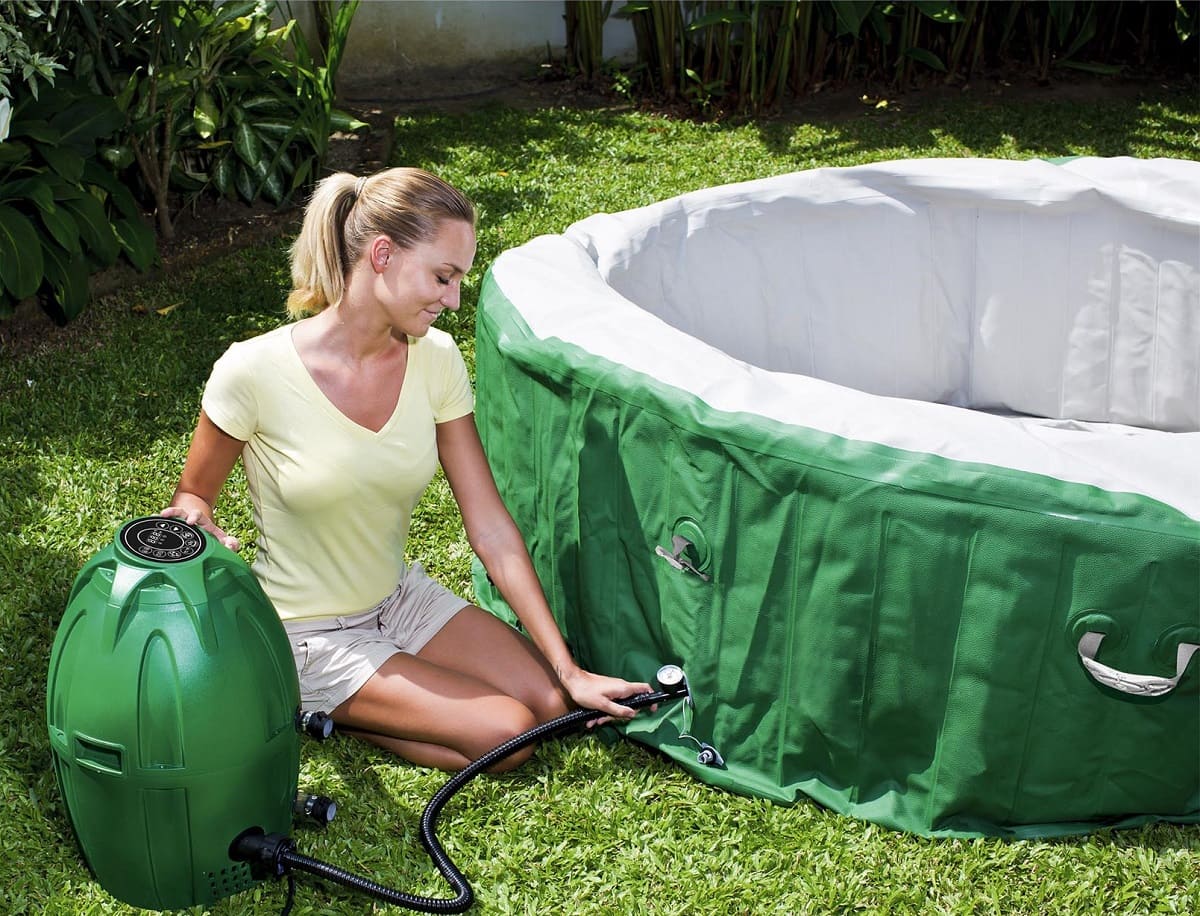
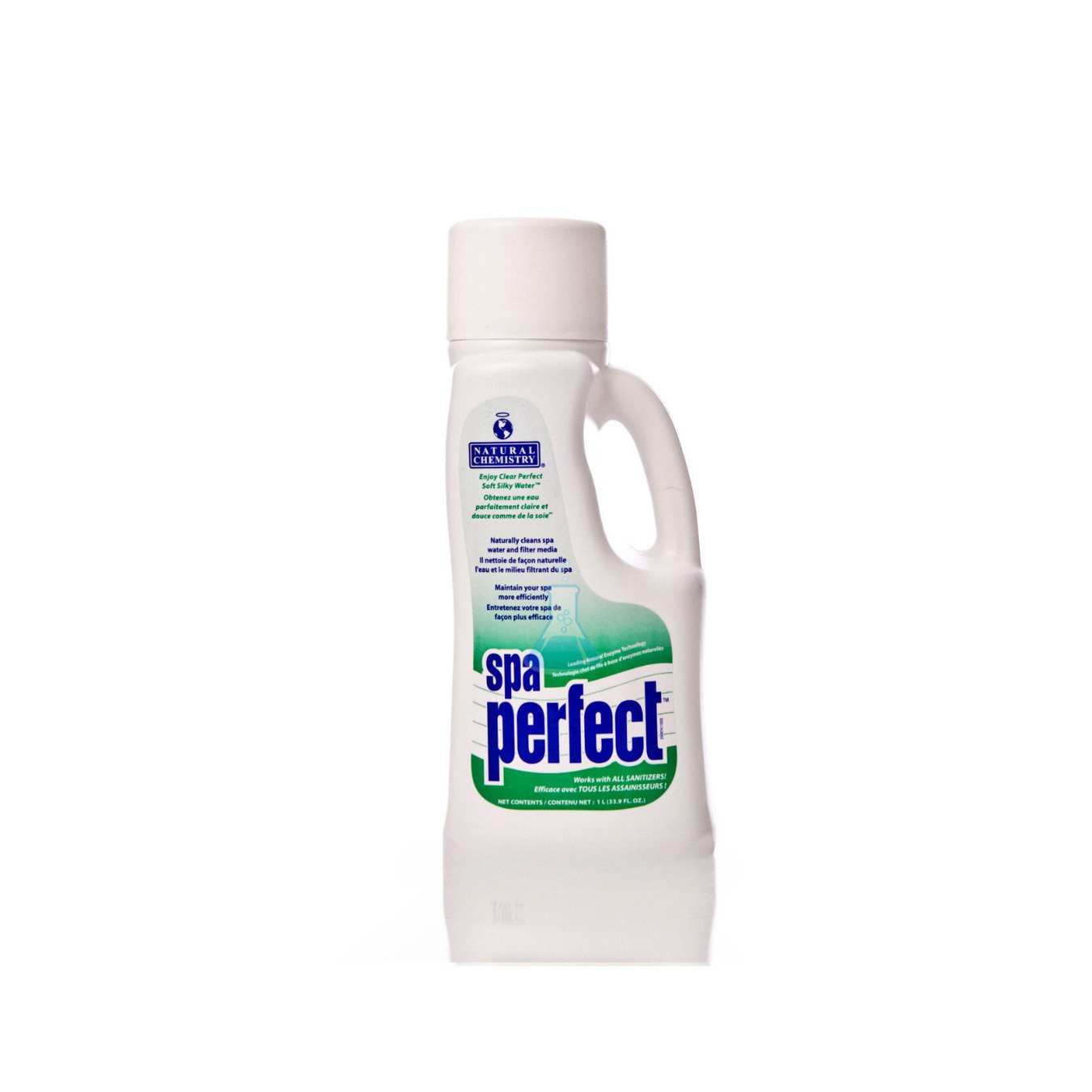
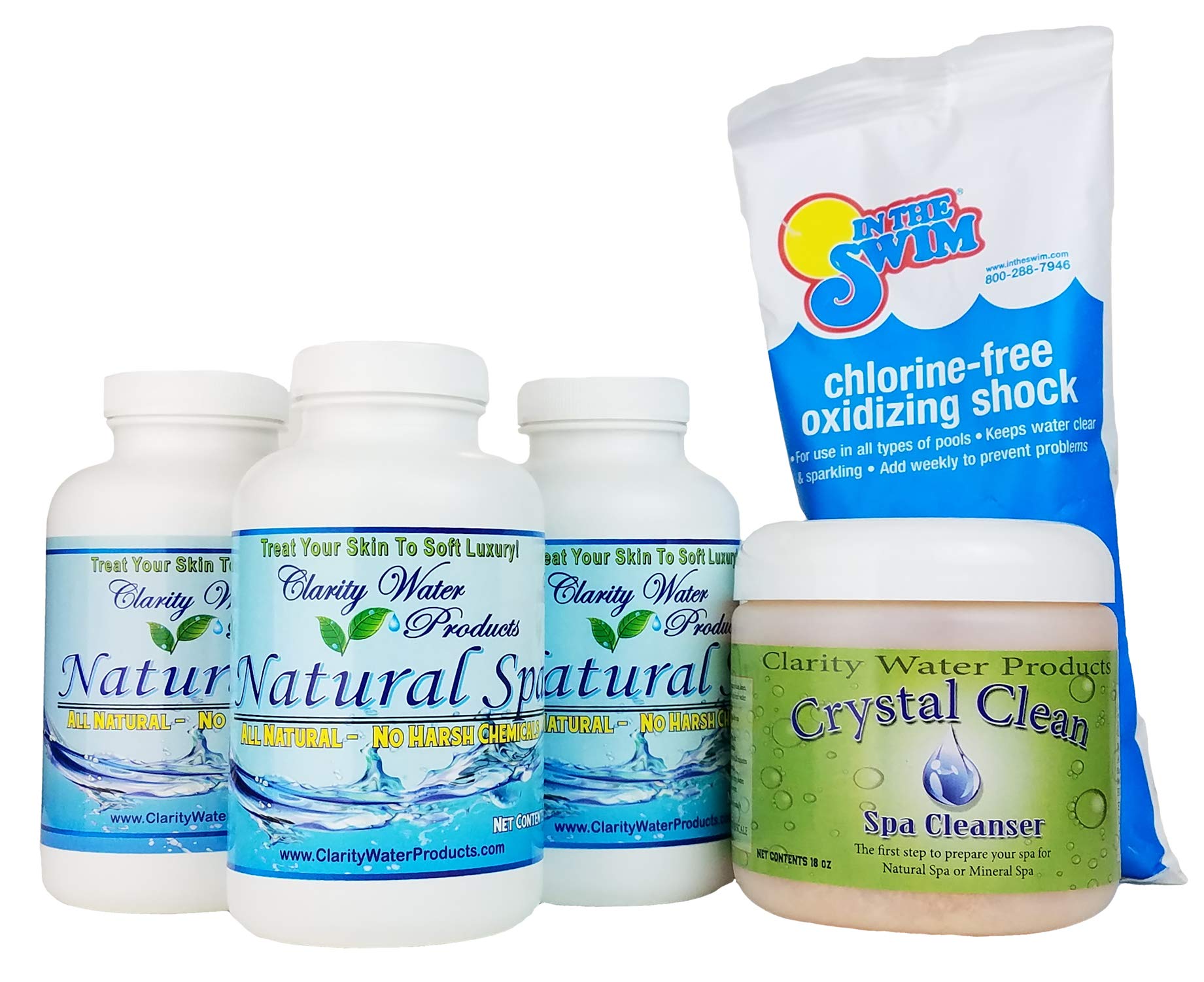
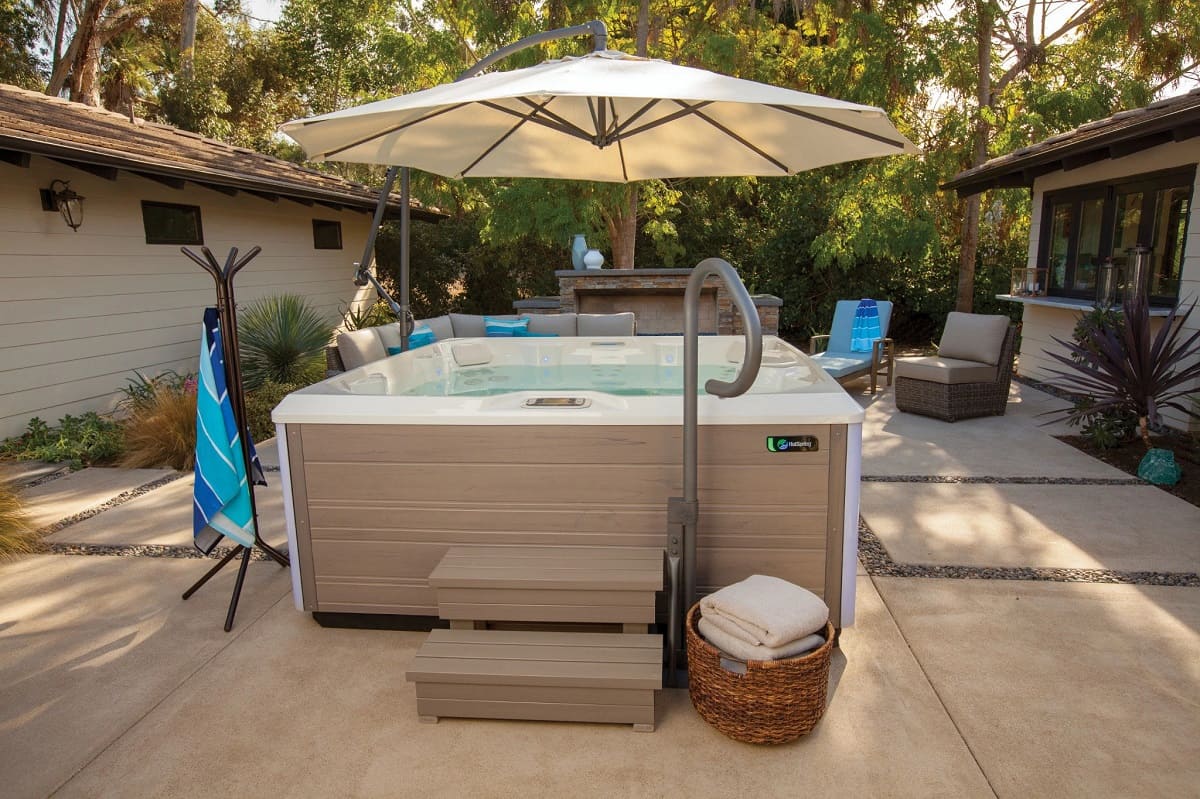
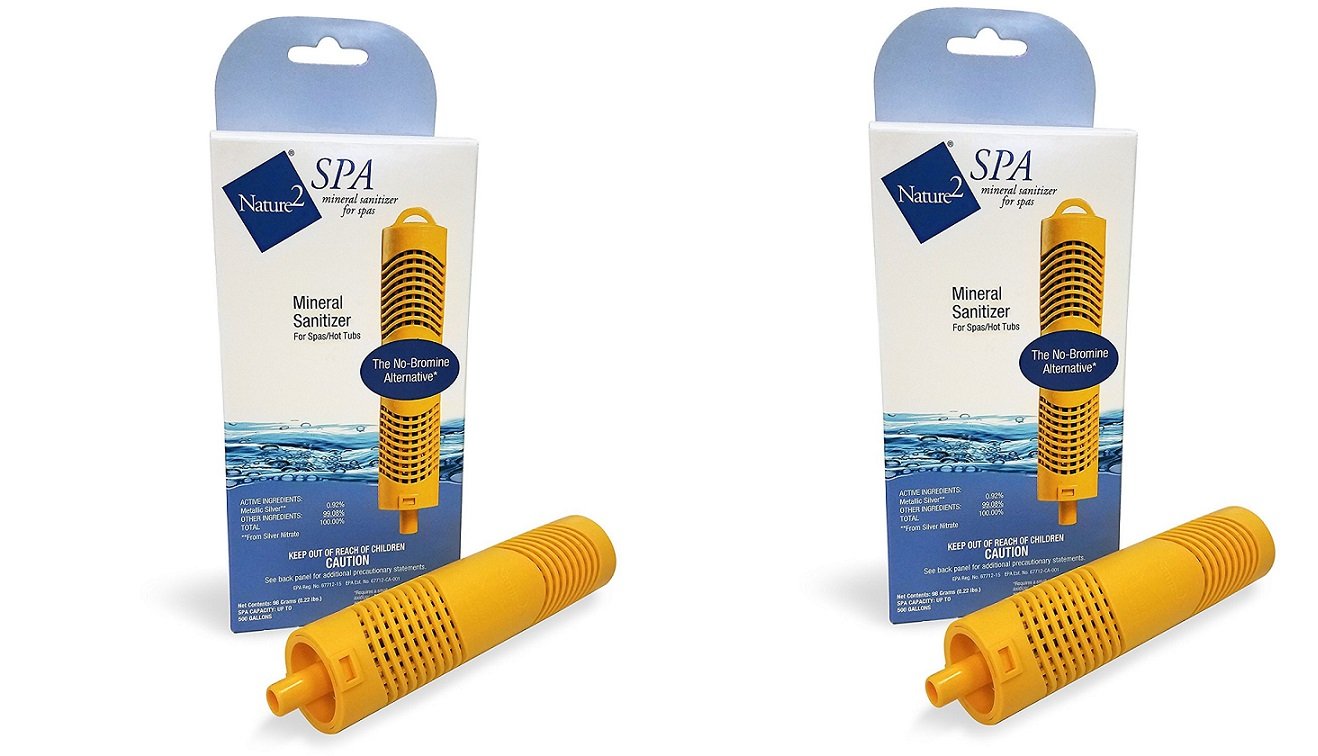
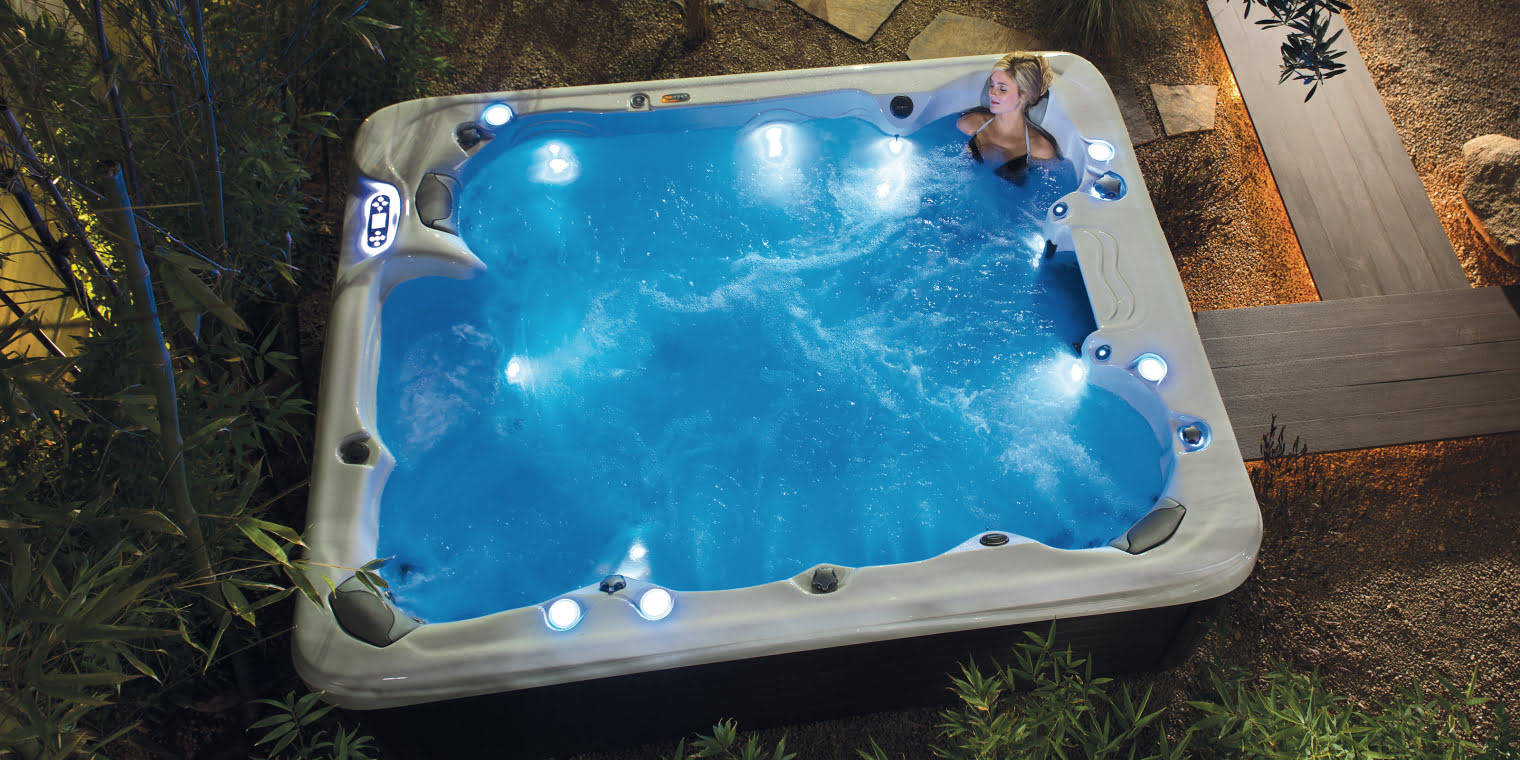
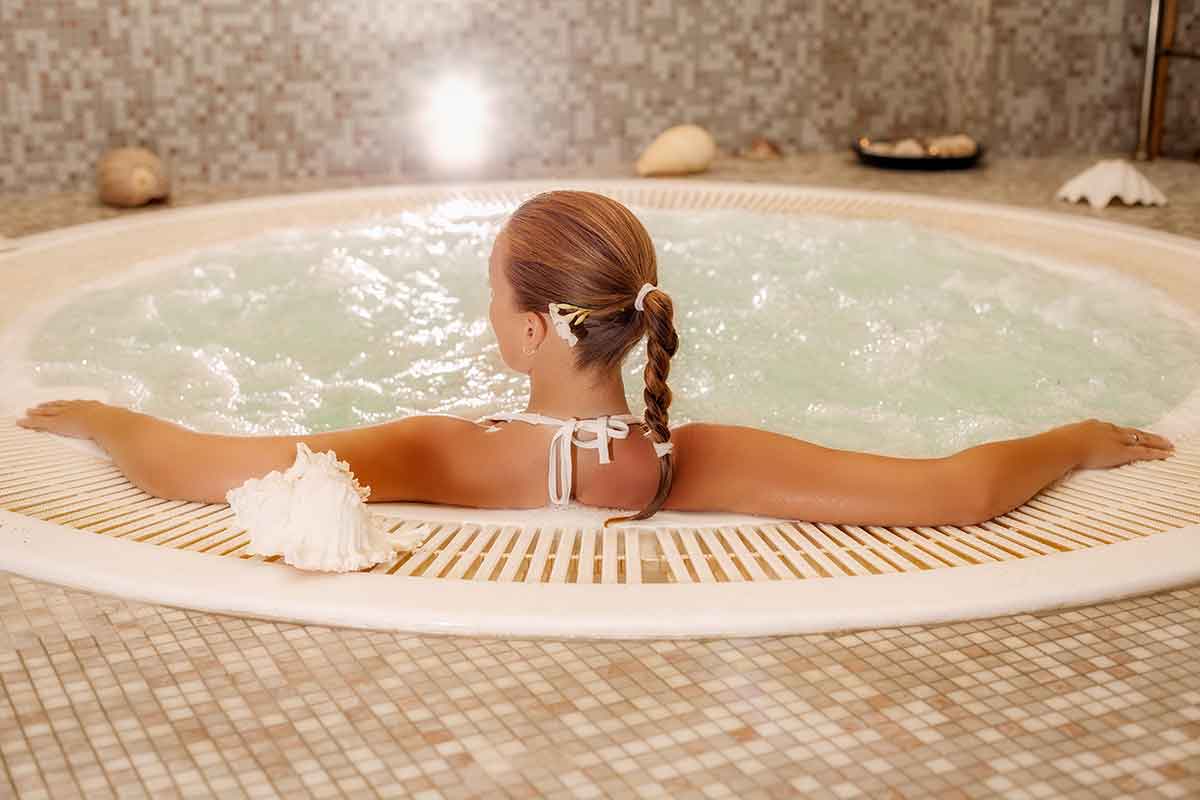
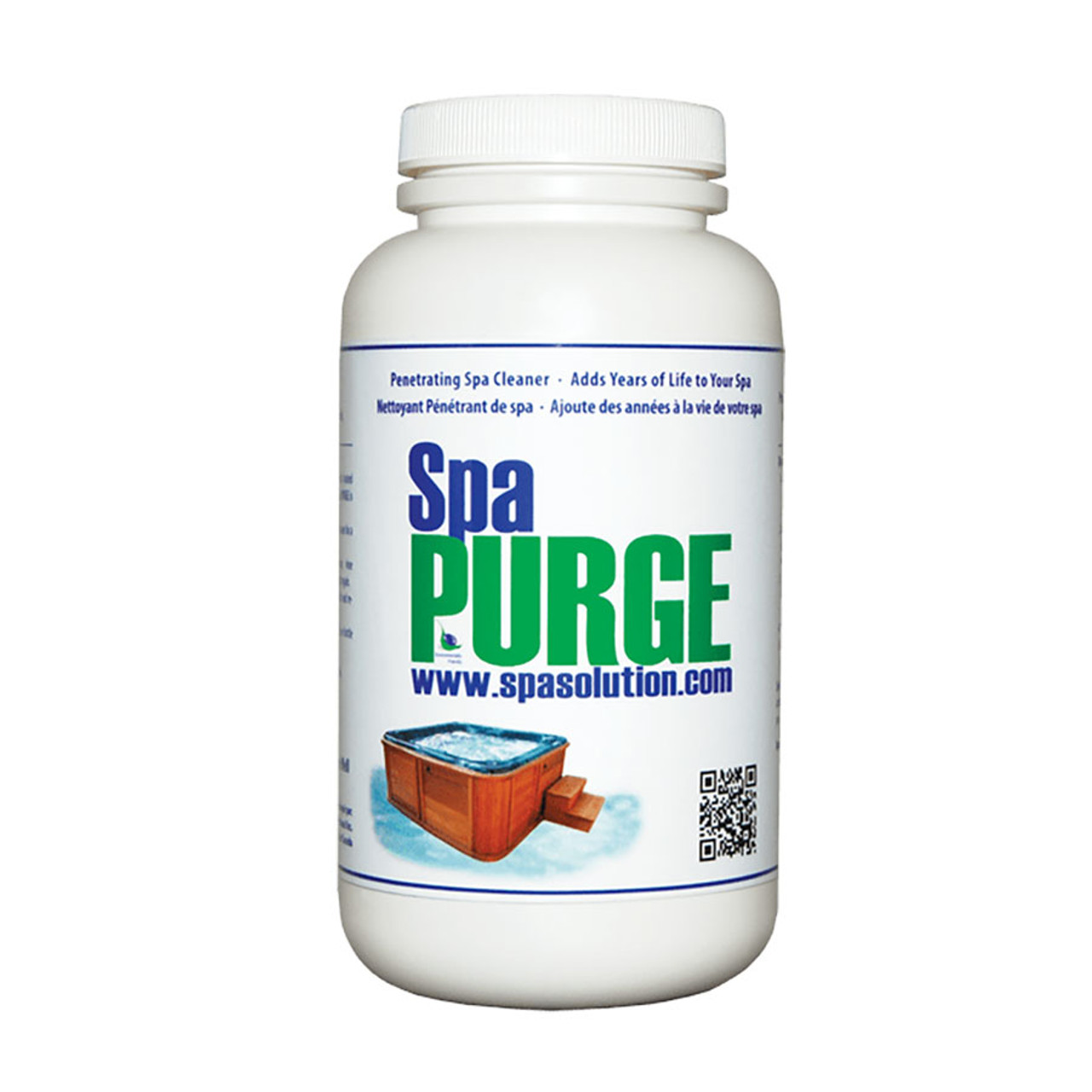
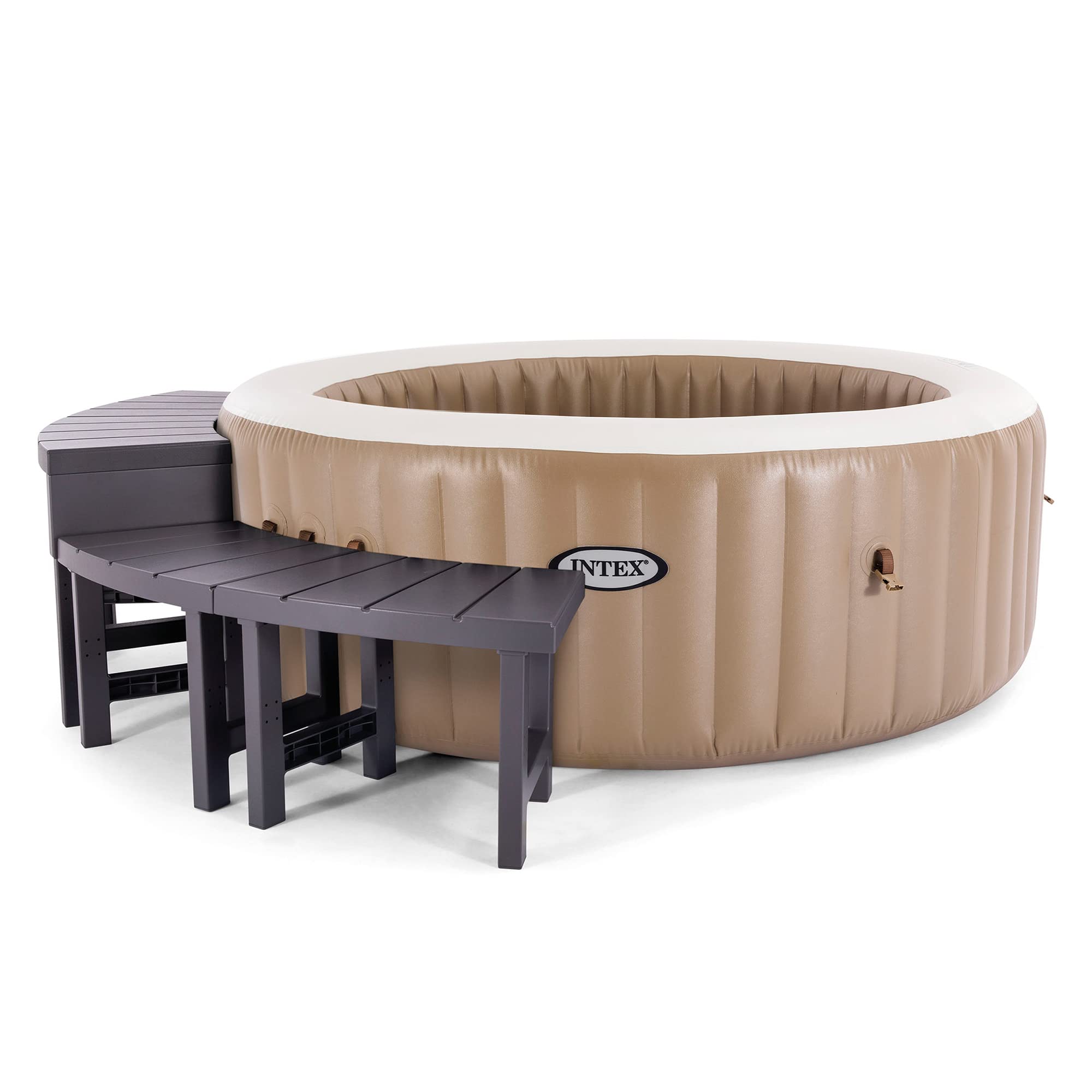
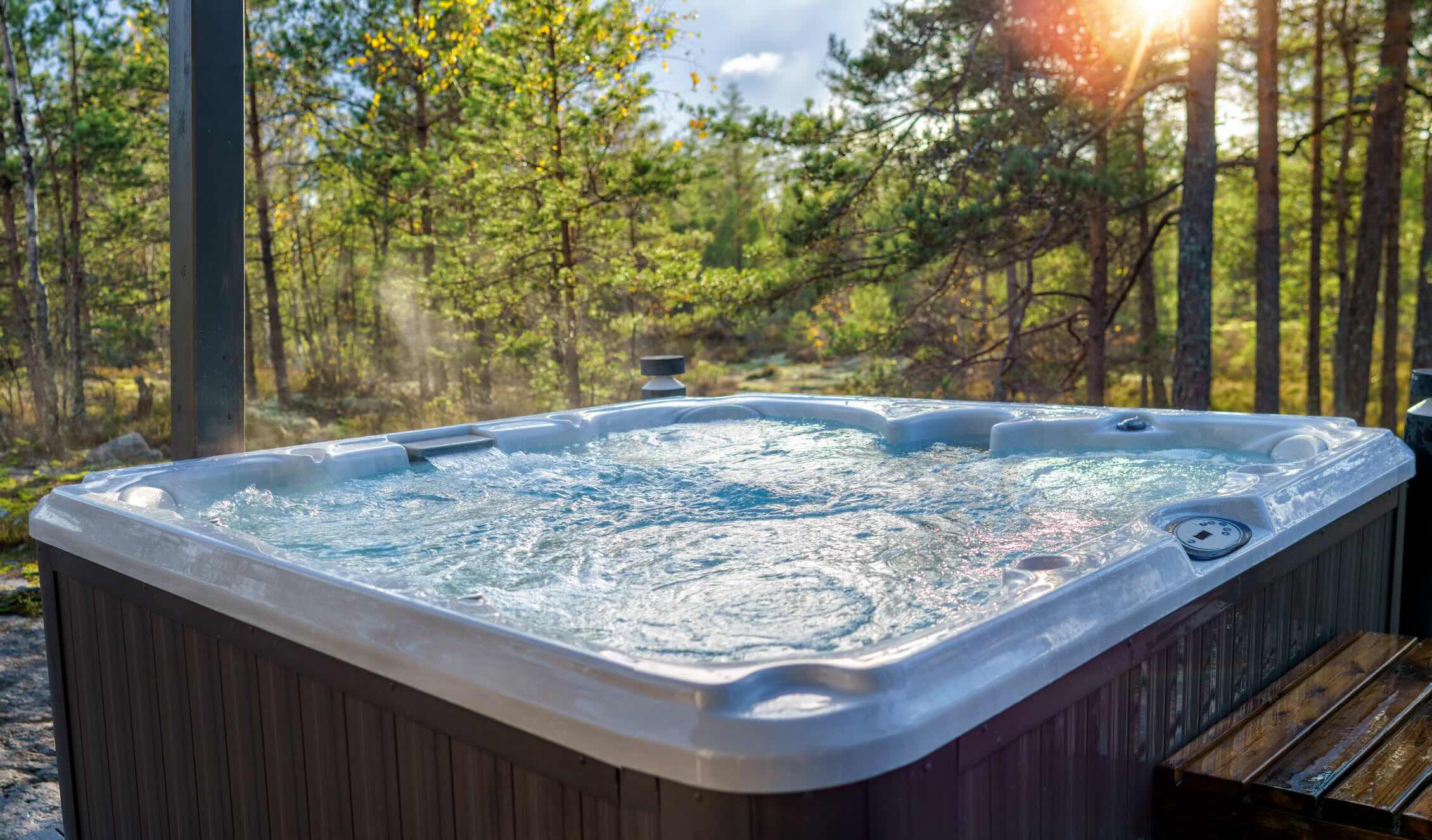
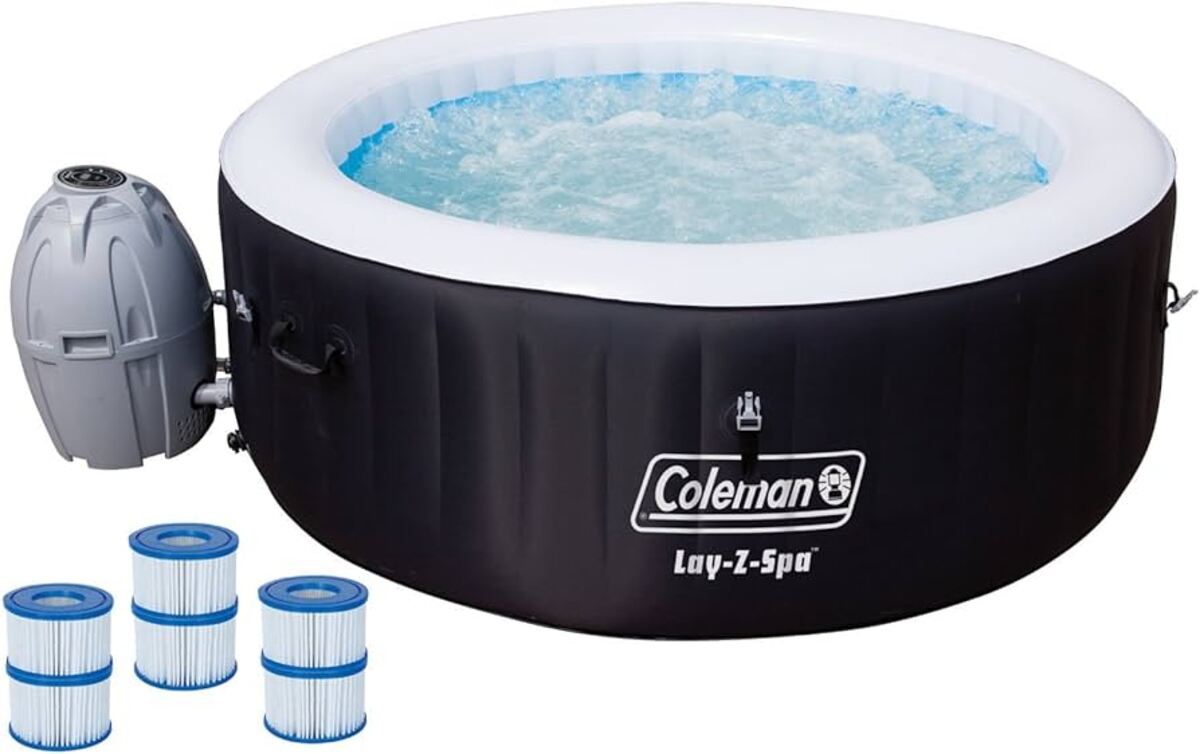
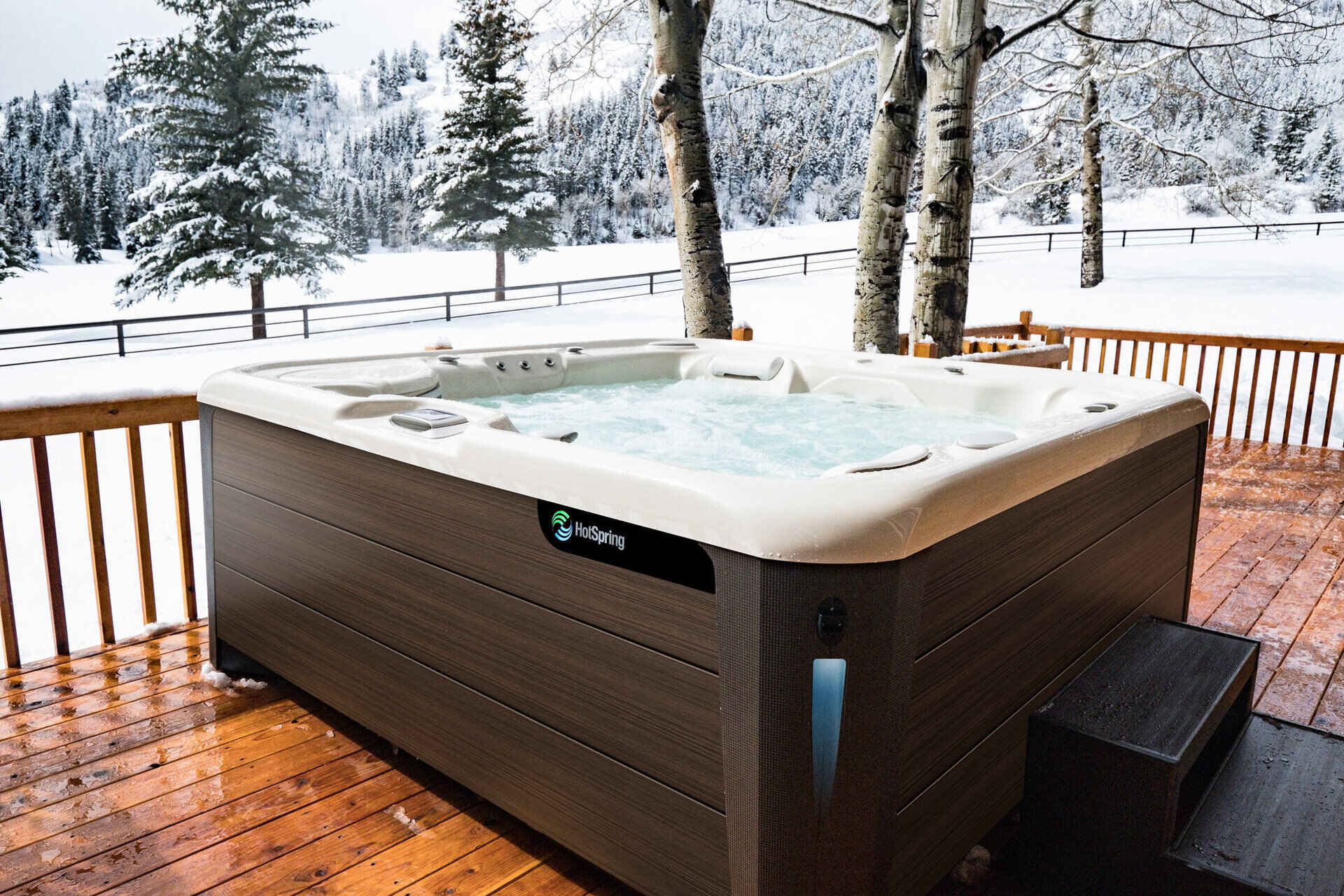

0 thoughts on “Essential Tips For Planning A Home Spa Or Hot Tub”